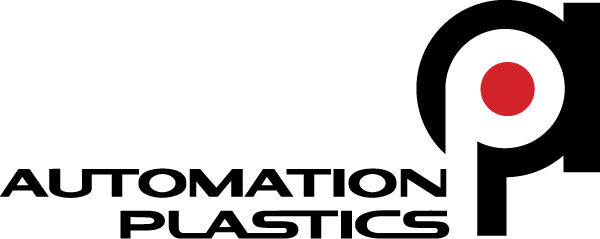What Are the Latest Innovations in Industrial Molding?
Industrial molding has seen remarkable advancements in recent years. These innovations are not only improving efficiency but also enhancing product quality and sustainability. In this blog, we will explore some of the latest trends and technologies reshaping the industrial molding landscape.
Advancements in Materials
Explore the new types of materials being used in industrial molding, including bio-based and high-performance polymers that enhance product durability and reduce environmental impact.
In recent years, the development of composite materials has gained traction in industrial molding. These composites combine different substances, offering superior strength and lightweight characteristics that traditional materials often struggle to match. As industries strive for lighter, stronger, and more efficient products, these innovative materials play a key role.
Moreover, manufacturers are increasingly turning to recycled materials for molding processes. By incorporating pre- and post-consumer plastics, businesses not only tap into sustainable practices but also reduce costs associated with raw materials. It's a win-win situation for the environment and the bottom line.
Polymer advancements have also led to the creation of thermoplastic elastomers. These materials blend the flexibility of rubber with the processing capabilities of plastics, making them highly versatile for different industrial applications. Their adaptability opens up many design possibilities that were previously constrained.
Automation and Smart Technologies
Learn how automation and IoT are revolutionizing industrial molding. Smart technologies enable real-time monitoring and predictive maintenance, streamlining production processes.
One of the most significant advancements in this field is the integration of artificial intelligence in production lines. AI algorithms analyze data from sensors to predict failures before they occur, ensuring machinery operates smoothly while minimizing costly downtime.
Additionally, robotic arms have become indispensable in industrial molding workflows. Capable of performing repetitive tasks with precision, these robots increase efficiency and consistency while freeing human workers to engage in more complex, creative problem-solving tasks. The collaborative effort between man and machine is truly reshaping the industry's landscape.
The emergence of digital twins is another notable innovation. By creating a virtual replica of the physical molding process, engineers can simulate, analyze, and optimize operations without disrupting actual workflows. This not only enhances efficiency but also fosters innovation within the manufacturing process.
3D Printing Integration
Understand the role of 3D printing in industrial molding, where it allows for rapid prototyping and customization, reducing lead times and costs significantly.
The synergy between 3D printing and traditional industrial molding is reinforcing innovation within the industry. By enabling designers to quickly produce prototypes, they can test and iterate on their ideas more efficiently than ever before. This iterative process accelerates product development cycles tremendously.
Furthermore, the ability to customize molds using 3D printing technology can lead to completely unique products tailored to specific consumer needs. This level of personalization caters to the growing demand for individualized solutions, setting companies apart in a competitive market.
3D-printed molds can also lead to significant cost savings. Traditional machining of metal molds can be expensive and time-consuming, while 3D printing offers quicker production times for complex designs at a fraction of the cost. This integration represents a significant leap toward efficiency for manufacturers.
Sustainability Initiatives
Discover the growing emphasis on sustainability in industrial molding, such as recycling initiatives and energy-efficient practices that are becoming industry standards.
Companies are increasingly focusing on minimizing their environmental footprint through sustainable practices. This includes using biodegradable materials and implementing energy-efficient technologies in their molding processes. Not only are these practices beneficial for the planet, but they also resonate well with today's eco-conscious consumers.
Additionally, many businesses are adopting a circular economy approach. This involves designing products for life after use, ensuring that materials can be reused or recycled into new products. By embracing this philosophy, the industrial molding industry is reducing waste and promoting sustainability as a core value.
Water conservation is another key focus area. New molding techniques require less water for cooling and operational processes, which can lead to significant reductions in overall water usage. As industries become more mindful of resource conservation, these sustainable advancements pave the way for a more responsible future.
Final Thoughts on Industrial Molding Innovations
The industrial molding sector is evolving rapidly with numerous innovations. By staying informed about these advancements, businesses can leverage new technologies to improve their processes, reduce waste, and meet the growing demands of the market.

